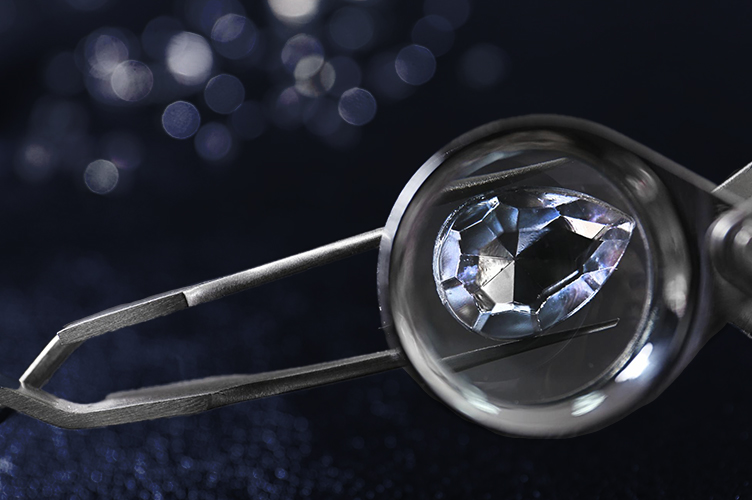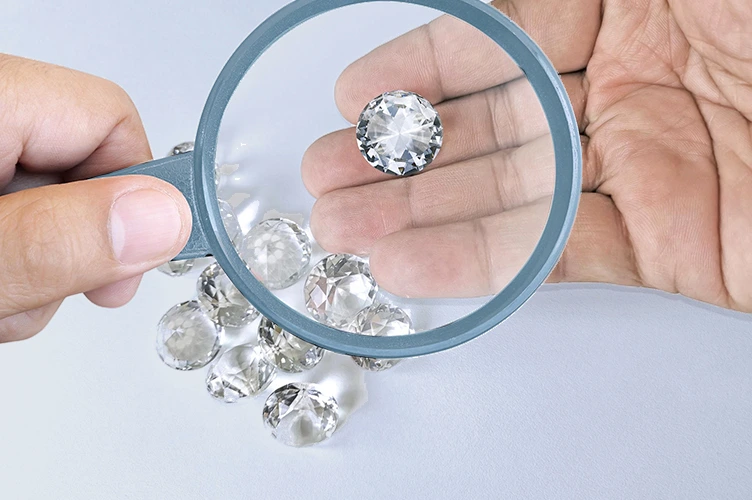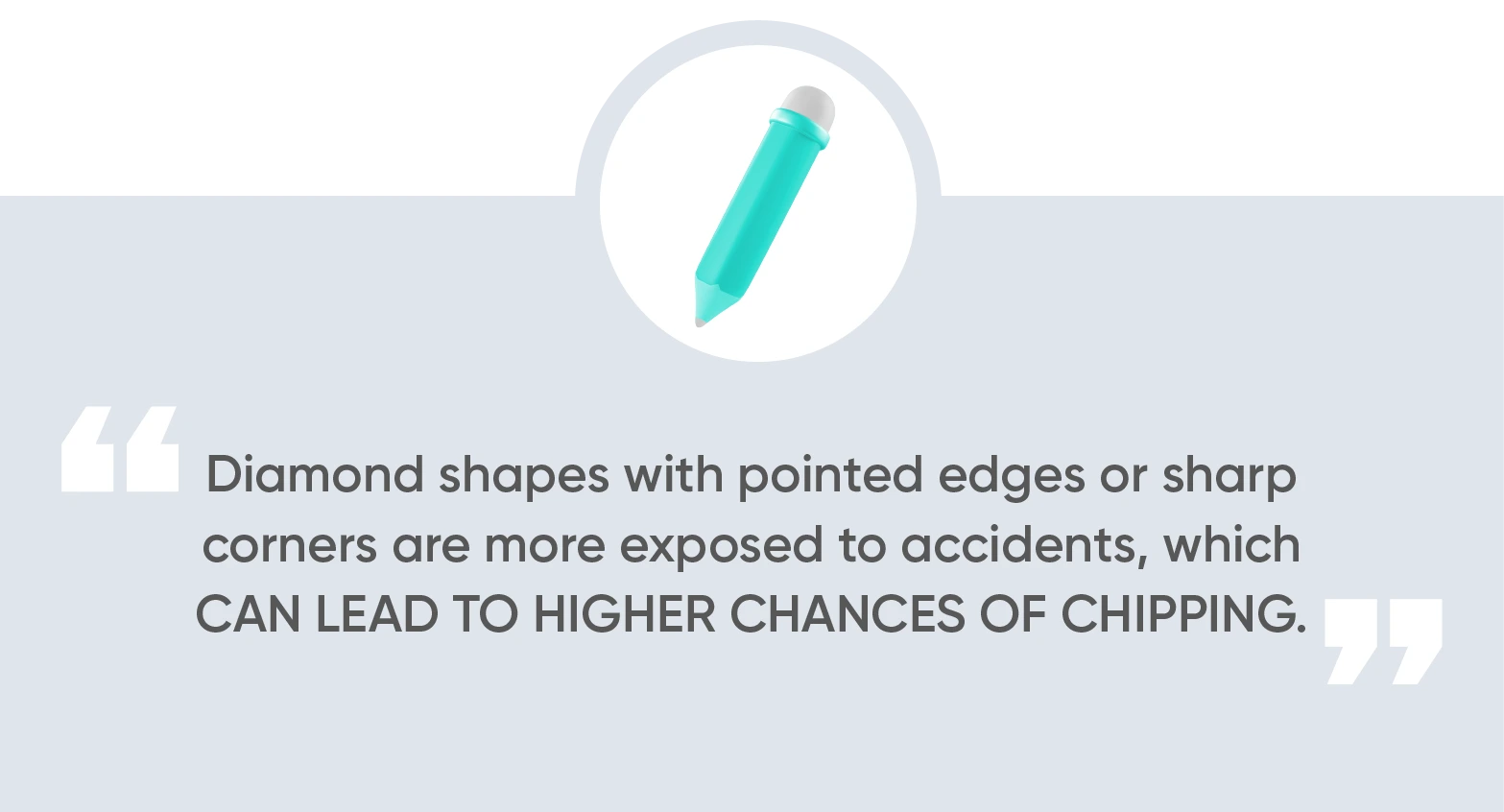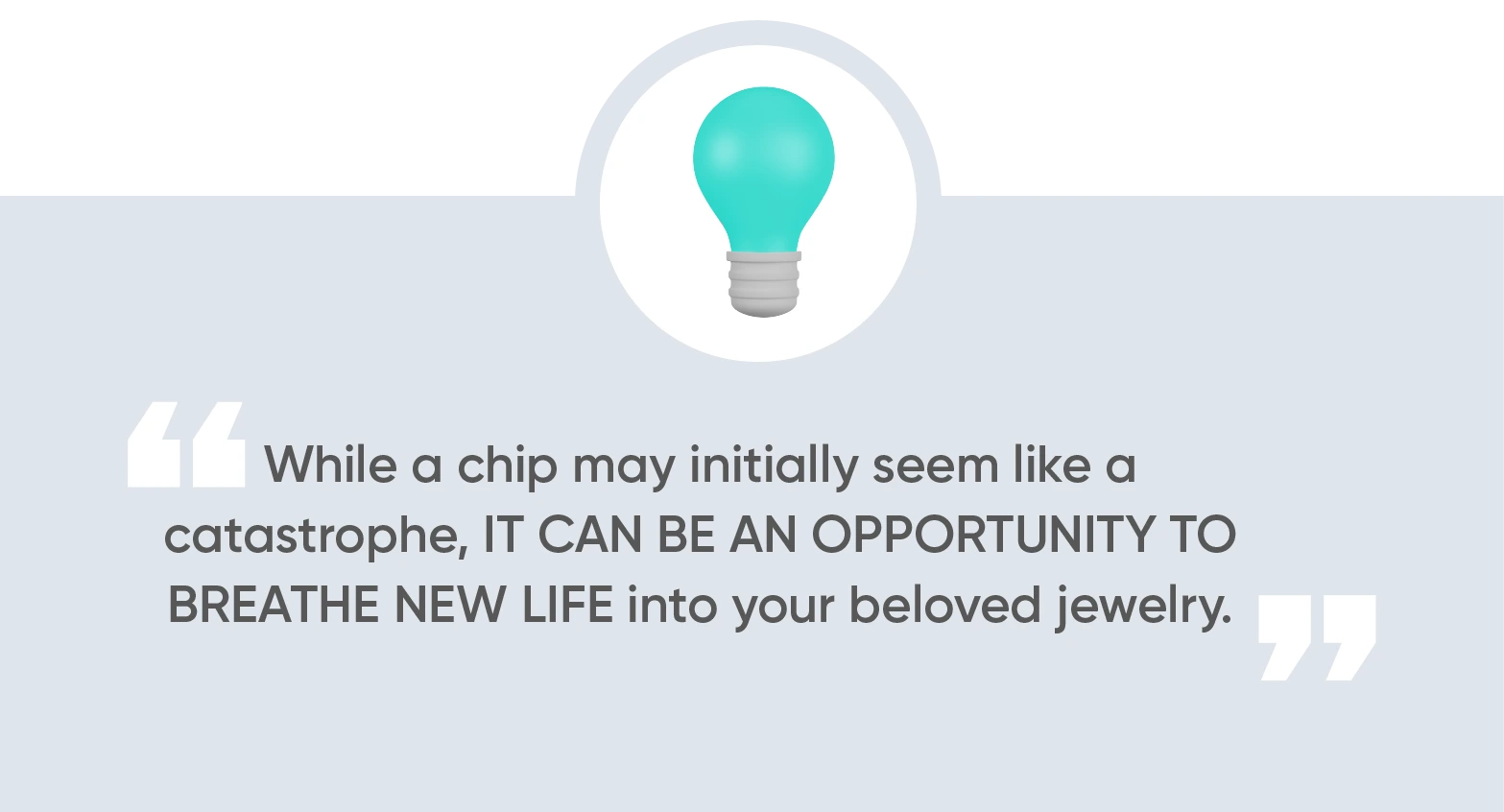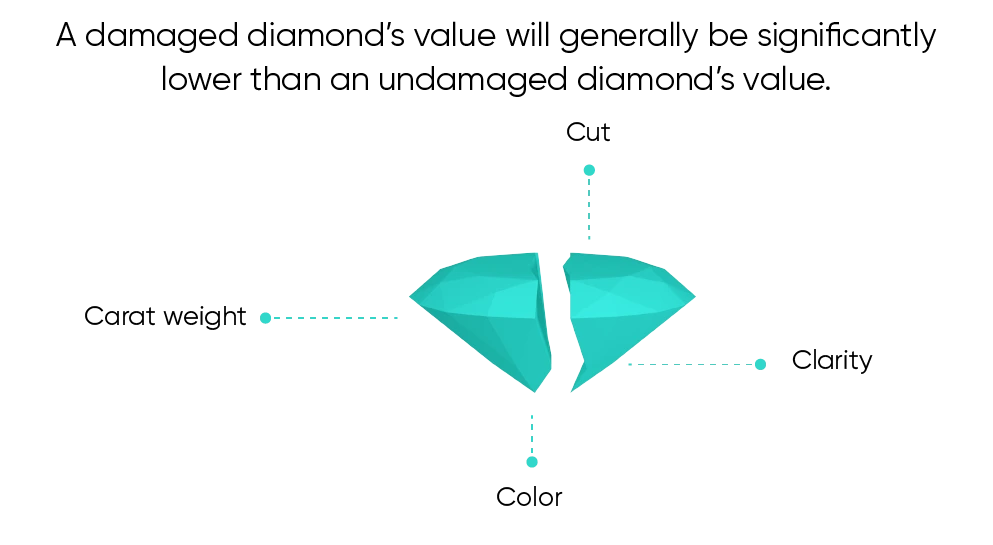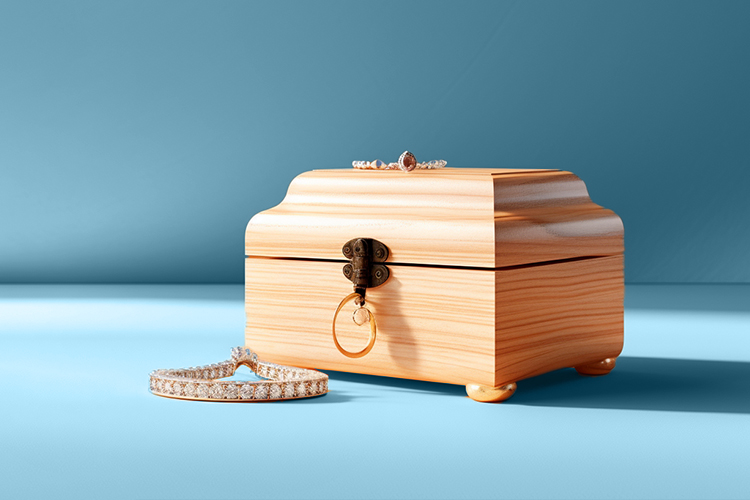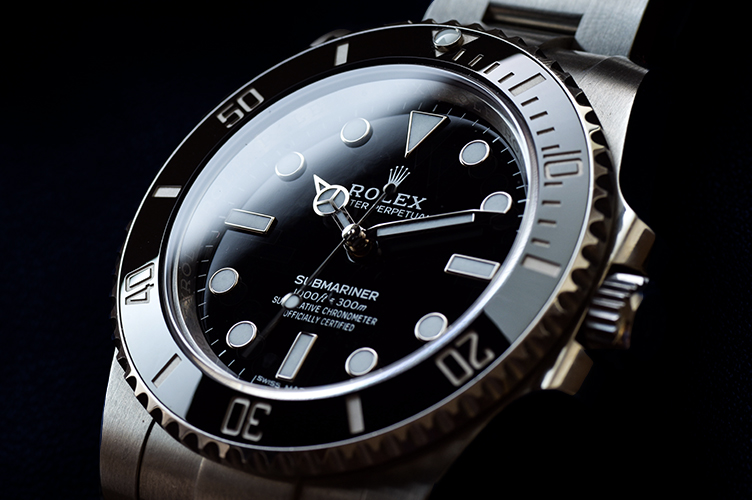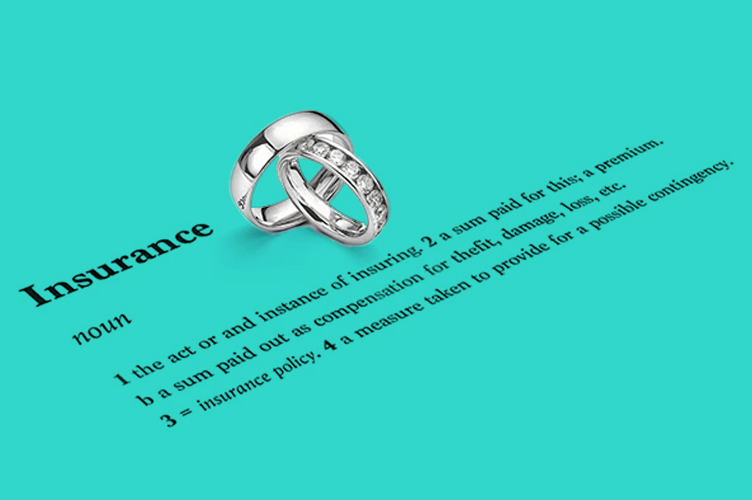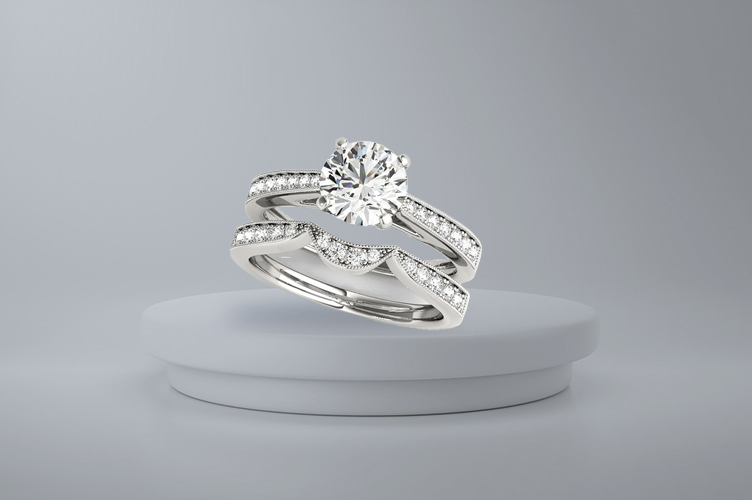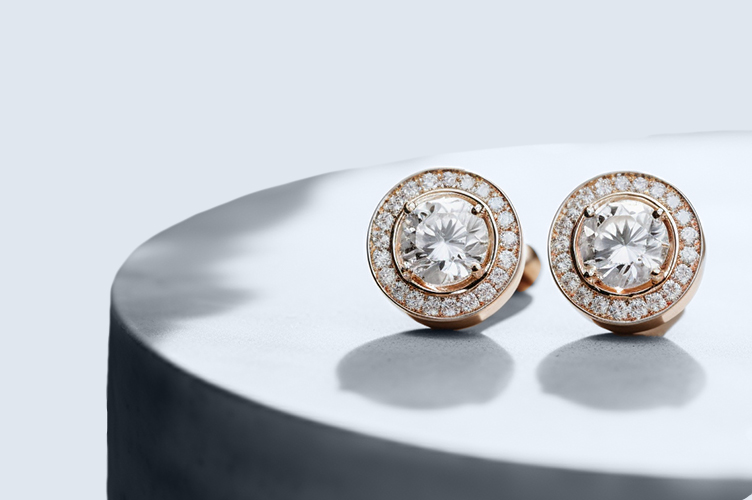The Diamond Chip: Everything You Need to Know
While diamonds are one of the hardest substances on earth, they’re not impervious to damage. Diamond chips are common in frequently worn jewelry and high-impact pieces like rings and bracelets.
If you have a jewelry piece in your collection with a chipped diamond, learn what to do, whether or not it retains its value, and how to protect your gems against future damage.
What You Will Learn
What is a Diamond Chip?
A diamond chip can refer to two gemological terms: a chip diamond or a damaged diamond.
A chip diamond is not simply a small, broken diamond piece. Instead, it refers to a type of cut wherein a diamond is split into tiny fragments that are then used in a range of jewelry pieces.
Diamond chips are often freeform and irregular, with fewer facets than traditionally cut diamonds. Despite having fewer facets, which can sometimes mean lessened brilliance, diamond chips still catch the light and sparkle. This makes them a popular choice for jewelry designers seeking to add a touch of diamond glamor to their pieces, without a hefty price tag.
When a diamond chip refers to a chipped diamond, however, it means the diamond is damaged. More specifically, a small piece of the diamond broke away from the diamond body. Diamonds chip typically due to an impact or bump at the wrong angle.
Diamond shapes with pointed edges or sharp corners are more exposed to accidental hits and bumps in everyday use, which can lead to more frequent and higher chances of chipping.
How Do Diamonds Chip?
Understanding how a diamond can chip can ensure you take the proper precautions to protect your high-value jewelry pieces from chipping.
Diamond shapes with pointed edges or sharp corners are generally more prone to chipping than those with rounded edges. This is because the points and corners are more exposed to accidental hits and bumps in everyday use.
The popular princess cut diamond, pear diamond, and marquise diamond all make a classic example of a diamond shape prone to chipping. These diamond crystals, beloved for their modern and chic appearances, feature sharp corners and high ridges susceptible to impact. That said, a well-designed halo or bezel setting can secure these cuts’ corners and reduce the risk of damage, without compromising the diamonds’ visual appeal.
In contrast, diamond shapes such as round brilliants and ovals, which do not have sharp corners, are less likely to chip.
Regardless of shape, any diamond can chip if subjected to a severe blow, especially if hit at just the right angle aligned with the diamond’s crystallographic planes.
What Happens if Your Diamond Chips?
Discovering a chip in a diamond ring or another piece of jewelry can be disheartening, but it doesn’t mean the end of a diamond’s life. Chipped diamonds are relatively common, especially considering the normal wear and tear of engagement rings and other frequently worn jewelry. Here’s what to do.
Contact Your Insurance Company
When you discover a chip in your diamond, the first step is to contact your insurance company, if you have a policy covering your jewelry. The company may cover the cost of a replacement stone or repair.
Explore Your Options
In the case of minor chips that do not affect a diamond’s overall appearance and chips that are invisible to the naked eye, some jewelers may suggest leaving the diamond as is. Particularly if the diamond is part of an engagement ring or another piece of jewelry that holds sentimental value, the presence of a small chip might not overshadow the item’s emotional significance.
For more substantial chips that visibly mar a diamond’s appearance, a skilled diamond cutter can recut the diamond. This process involves cutting away the chipped area and re-polishing the diamond, which can effectively erase the visible damage.
However, recut diamonds have less carat weight and, depending on the location and size of the chip, the recutting process might alter the diamond’s shape.
Another option is to replace the chipped diamond with an entirely new one. At BriteCo, we cover the replacement cost of a damaged diamond and attempt to have the diamond replaced by your original jeweler when possible.
Find a Trusted Jeweler
Whatever your case may be, always work with a trusted jewelry store to discuss your options. Experts can examine your chipped diamond and provide advice tailored to your specific situation.
While a chip may initially seem like a catastrophe, it can be an opportunity to breathe new life into your beloved jewelry.
Does a Damaged Diamond Still Hold Value?
A damaged diamond’s value will generally be significantly lower than an undamaged diamond’s value.
A diamond’s value is primarily determined by the Four Cs: carat weight, cut, color, and clarity. Damage can affect any of these factors and reduce the overall value of the diamond. Here’s how.
- Carat weight: If a diamond is chipped or broken, it can lose carat weight, affecting its value. Even a small chip or crack can lead to a loss of weight, and since larger diamonds are generally more valuable, any weight reduction can result in a drop in value.
- Cut: The cut of a diamond refers to how well it has been shaped and faceted. Damage to the facets can result in a less-brilliant appearance, impacting the diamond’s beauty and, consequently, its value.
- Color: Diamond color is graded on a scale from D (colorless) to Z (light yellow). Damage to a diamond can sometimes create visible discoloration or alter the way light interacts with a stone, affecting its perceived color grade.
- Clarity: Clarity is the absence or presence of external or internal flaws, known as blemishes and inclusions, respectively. Damage can increase the number and size of these imperfections, leading to a lower clarity grade and reduced value.
Suggested Reads:
The Ultimate Guide To The 4 C’s Of Diamonds | BriteCo Jewelry Insurance
Types of Diamond Clarity | BriteCo Jewelry Insurance
Consider Sentimental Value, Too
Even when a diamond has been damaged or chipped, though, it does not always mean it’s devoid of all value. The value will depend on the severity of the damage and how it affects the stone’s overall appearance and characteristics.
For some people, a jewelry item with a small chip may hold just as much, if not more, sentimental value as it did before being damaged. Some may even see the chip as adding to the piece’s history and character.
Furthermore, if a diamond has chipped, a skilled jeweler may be able to recut the diamond or use a loose diamond in a new piece of custom-designed jewelry. Recutting can sometimes transform a damaged diamond into a smaller yet still beautiful gem, allowing it to retain a portion of its value — monetary, sentimental, and otherwise.
Protect Your Diamonds: Where to Get Jewelry Insurance
Protecting your diamonds from damage should be a priority. This might involve choosing a halo setting for your diamond, taking extra care during daily activities, or having a professional jeweler inspect your diamond regularly.
It also means getting dedicated insurance to protect your diamond from mishaps like damage, loss, or theft. Knowing that your valuable and possibly sentimentally precious pieces are insured brings peace of mind. You can wear your jewelry without worrying about potential loss or damage.
BriteCo offers affordable jewelry insurance that will give you comprehensive coverage and peace of mind for your diamond pieces. Our policies can be purchased within minutes online, and claims can be easily submitted on our website via the claims portal.
Our policy offers worldwide coverage for loss, theft, damage, and mysterious disappearance. We also provide safe storage discounts and monthly premium options, covering up to 125% of your item’s appraised value.
Contact us today to learn more about our coverage, or use our convenient online tool to get a quote for your insurance plan.
Diamond Chip FAQs
Are chipped diamonds less brilliant than intact ones?
Cut and facet arrangement largely determine the brilliance of a diamond. A chip, especially on the crown (the top part of the diamond), can disrupt the light path through the diamond and affect its brilliance and sparkle.
Does the chip in a diamond affect its clarity grade?
Yes, a chip can affect the clarity grade of a diamond, as it is considered a form of external flaw or blemish.
Are some settings better than others for preventing diamond chips?
Yes, jewelry settings that protect a diamond’s edges and corners, such as bezel or tension settings, can help prevent chips.
How can I protect my diamond from chipping?
Prevent chipping by avoiding hard impacts. Regular check-ups with a jeweler can also help ensure your setting remains secure, further protecting your diamond.
Also Check:

